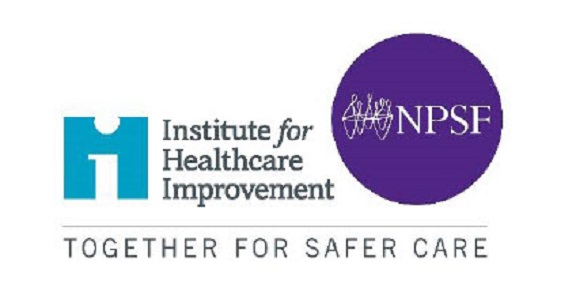There truly is no place like home, and care in the home holds many potential benefits, including support for person-centered care. Care recipients generally prefer to be at home, where they may have more autonomy than in inpatient settings. Care in the home is not without its challenges, however, and these challenges may affect both care recipients and everyone who supports them. Existing data suggest that preventable harm to care recipients is an important issue in the home setting. In addition, both home care workers and family caregivers may be physically or emotionally harmed as they provide care.
The safety of care provided in the home has not yet received nearly as much attention as patient safety in hospitals and other clinical settings, despite the fact that the home has become the site of care for many people. In 2016, more than 2 million personal care attendants provided care in the home, according to the US Department of Labor, and this number is expected to grow by 40 percent in the next decade. Care in the home comprises a number of different services, including personal care, home health care, hospice, palliative care, and, through some specialized programs, primary care and hospital-level services. These services are provided by a variety of home care workers with a range of training and expertise. In addition, many aspects of care are provided by family caregivers.

